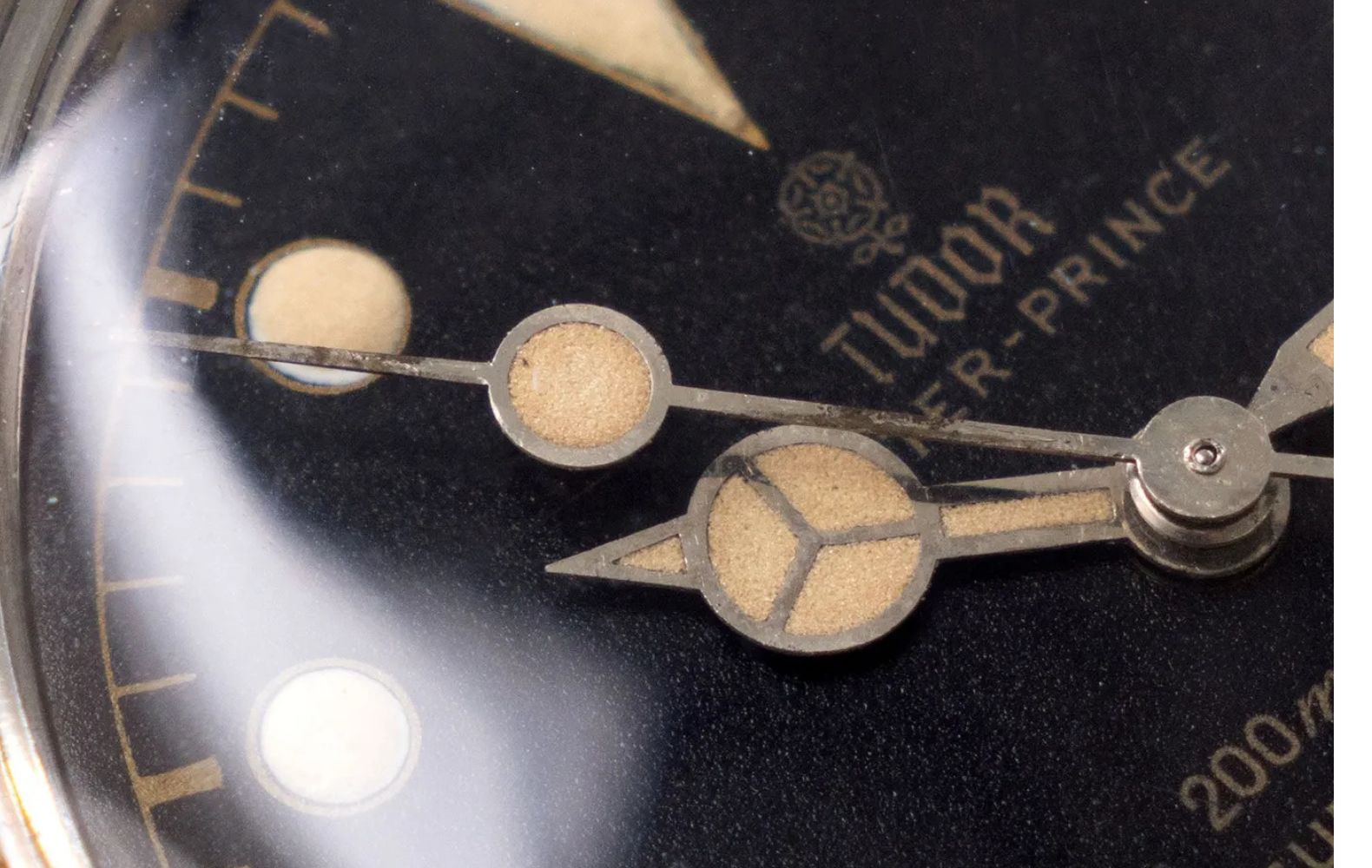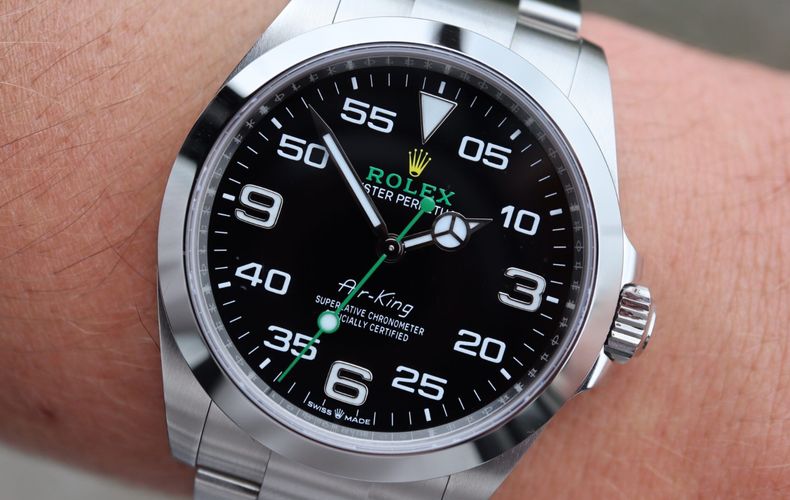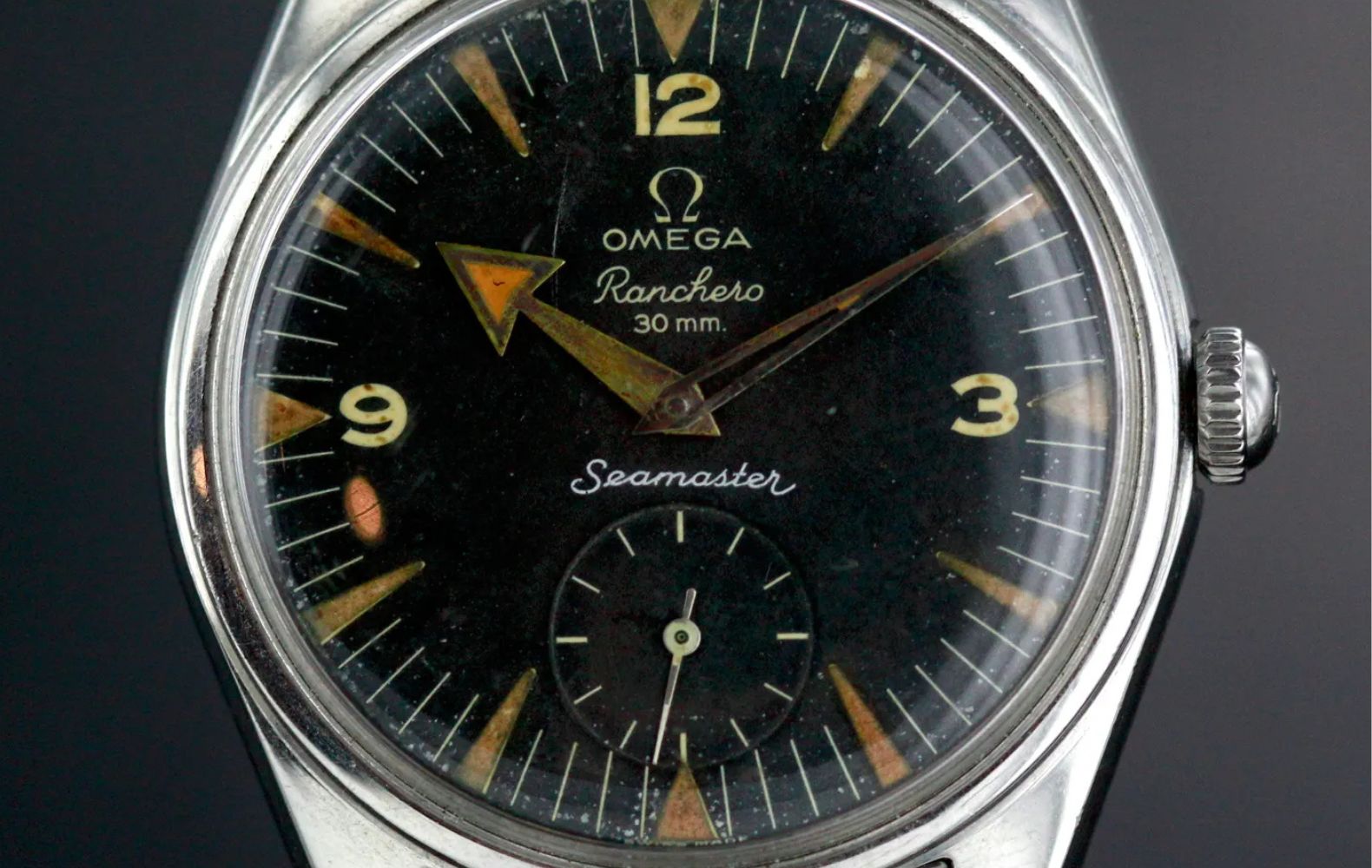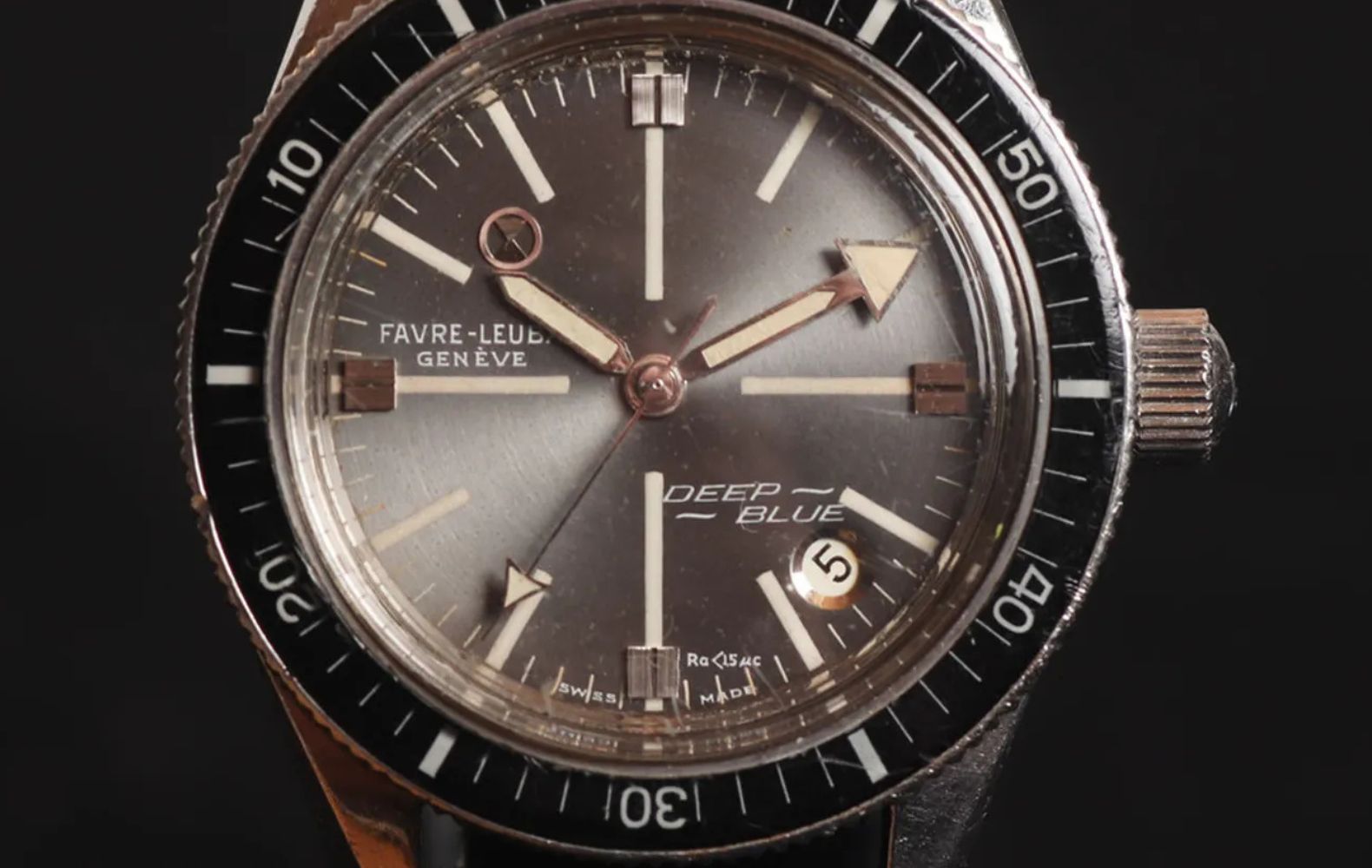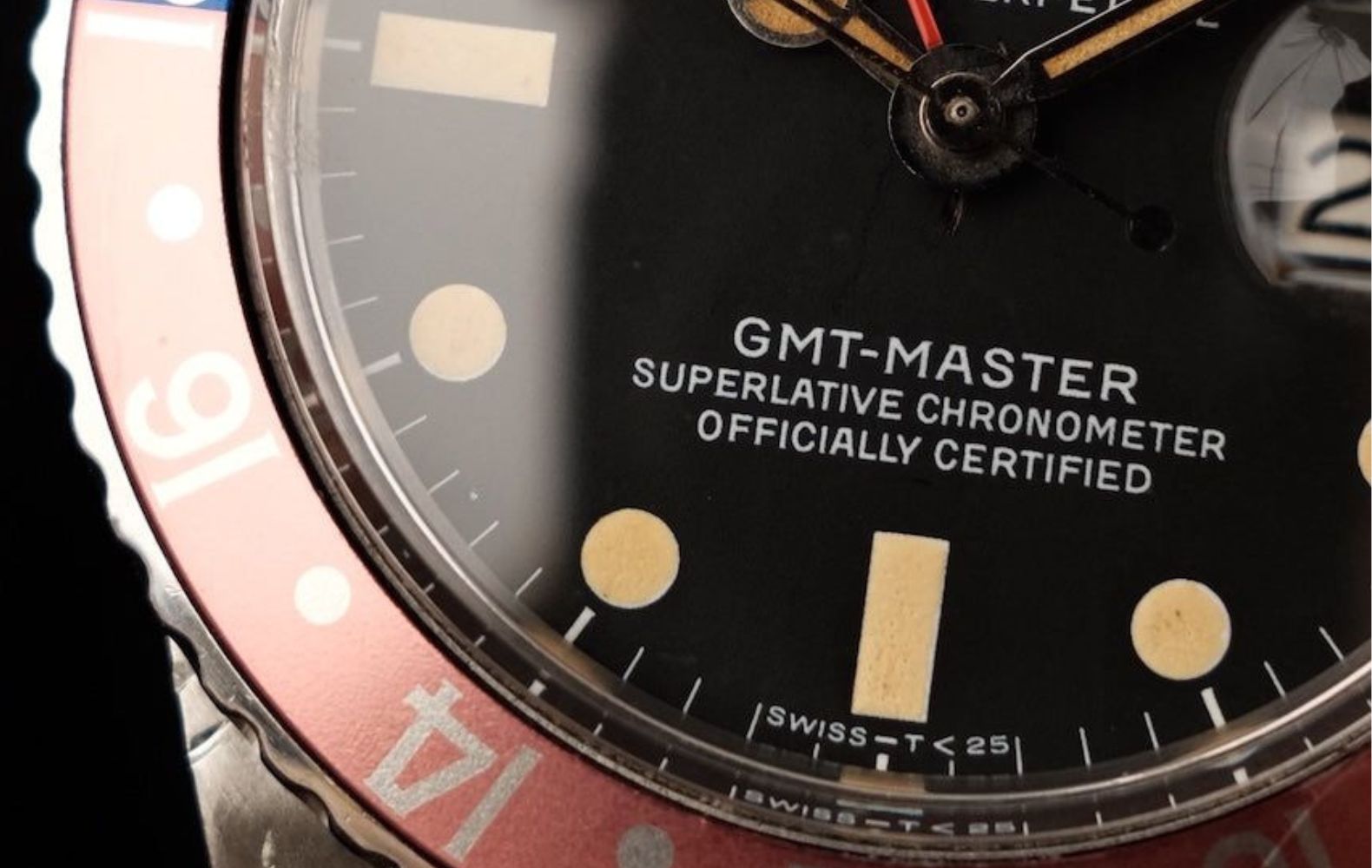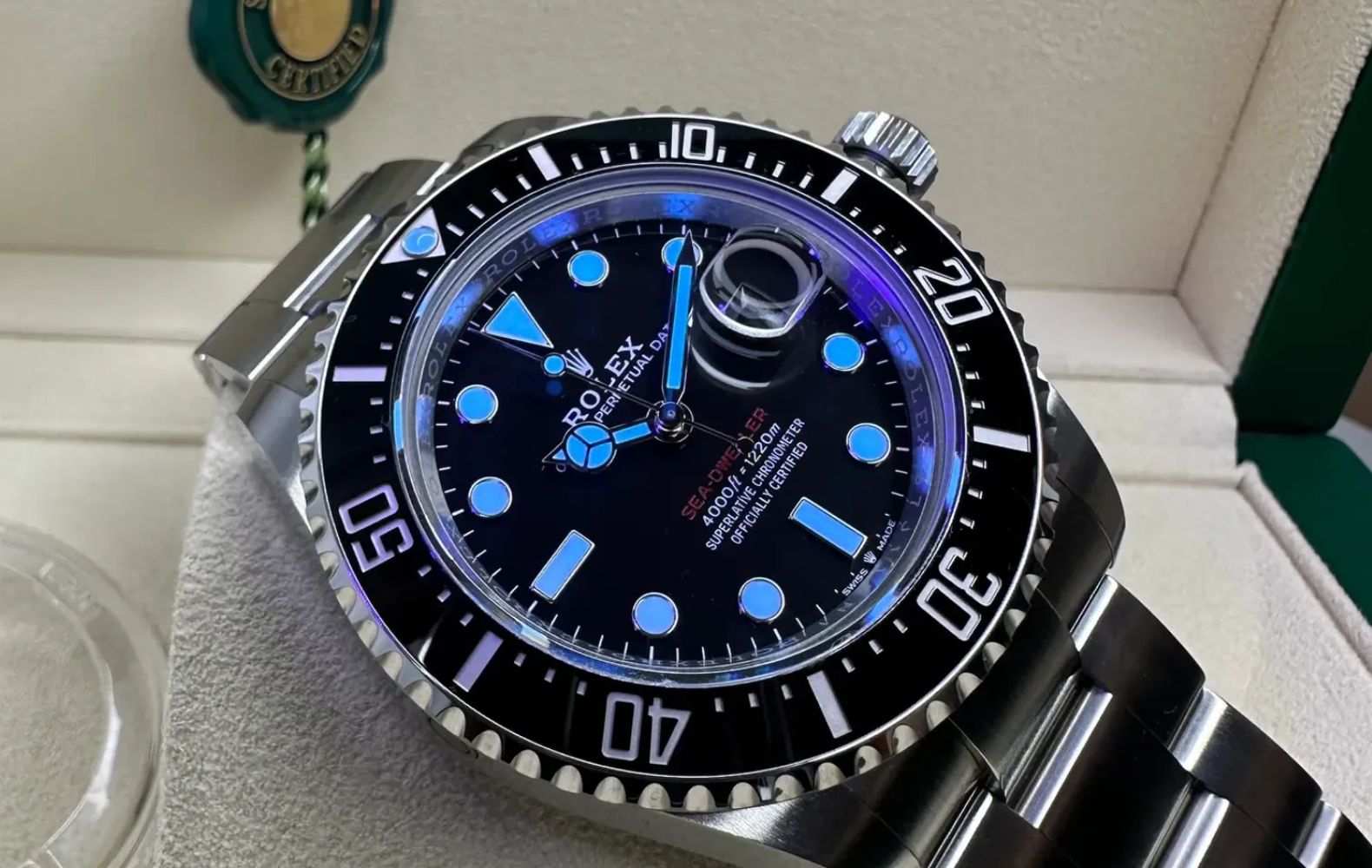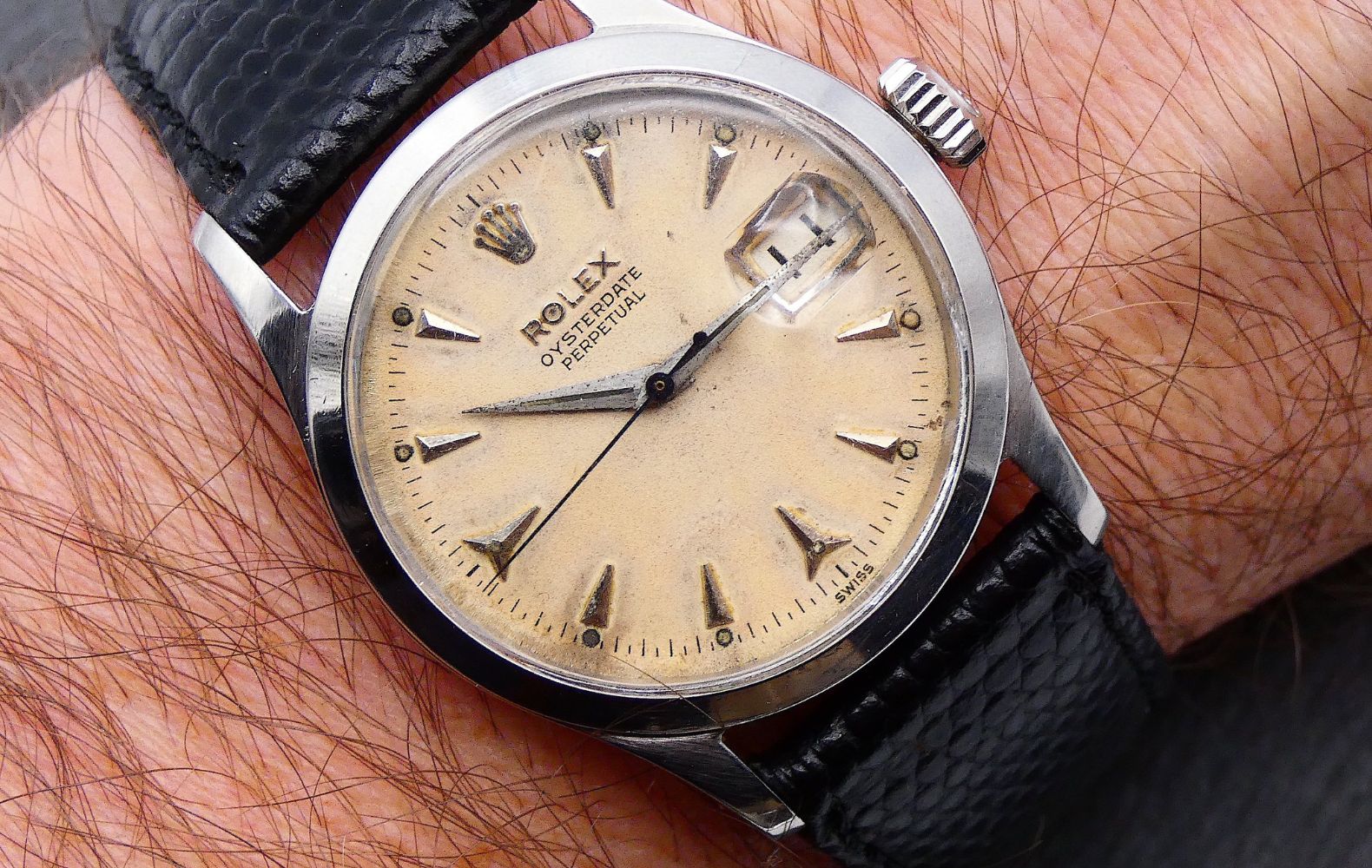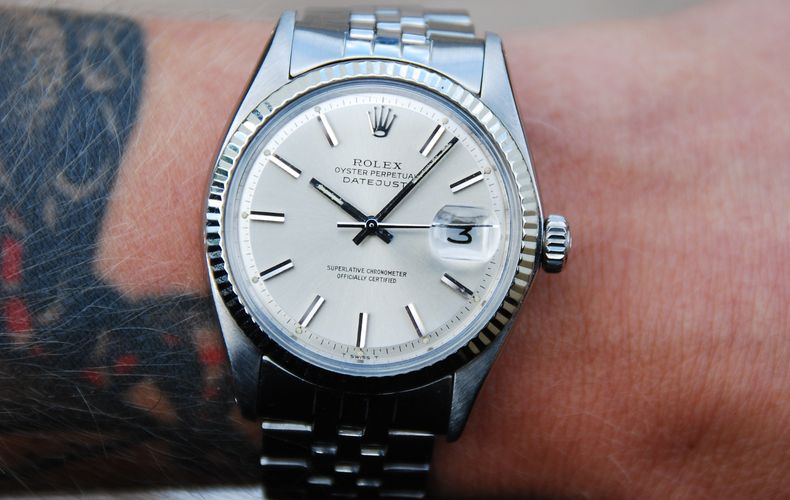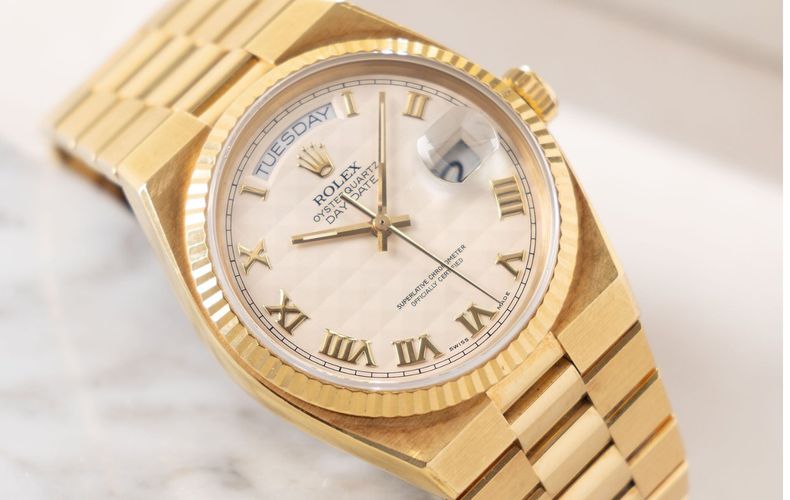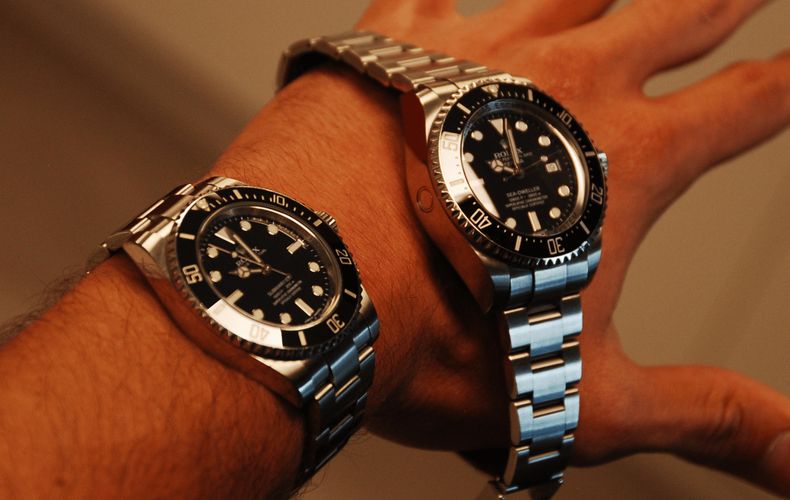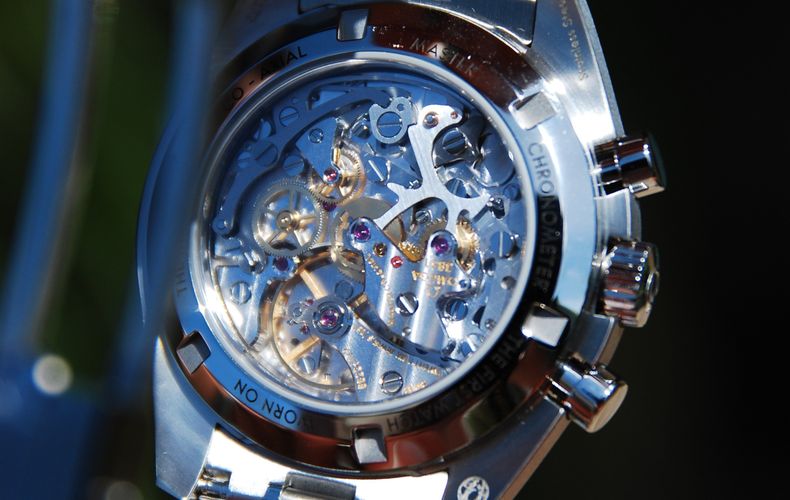The Luminous Legacy
Luminous watches have a fascinating history tied to radioactivity. Radium and tritium have both played significant roles in making watch dials glow, especially in vintage pieces. Each has its own story and impact on watchmaking.
Radium in Vintage Timepieces
Radium was widely used in the early to mid-20th century to create glow-in-the-dark watches. The paint contained radium, making the dials shine brightly. Manufacturers loved this because it helped people tell time in the dark.
Unfortunately, radium is highly radioactive. Many watchmakers unknowingly faced health risks, which led to serious illnesses over time. Vintage models featuring radium can sometimes be found, but you need to be cautious. Collectible brands like Rolex and IWC are known for these radium-painted dials. For instance, a Rolex Submariner from the 1950s with radium can sell for around €10.000 or more today, depending on its condition.




